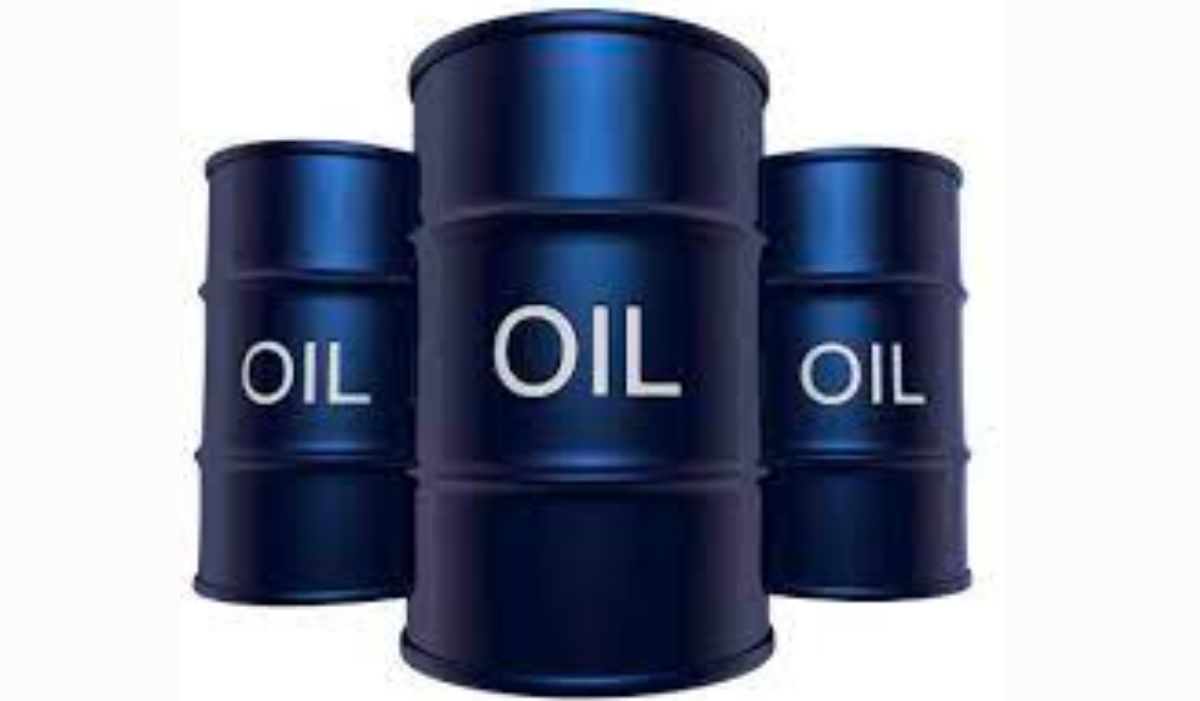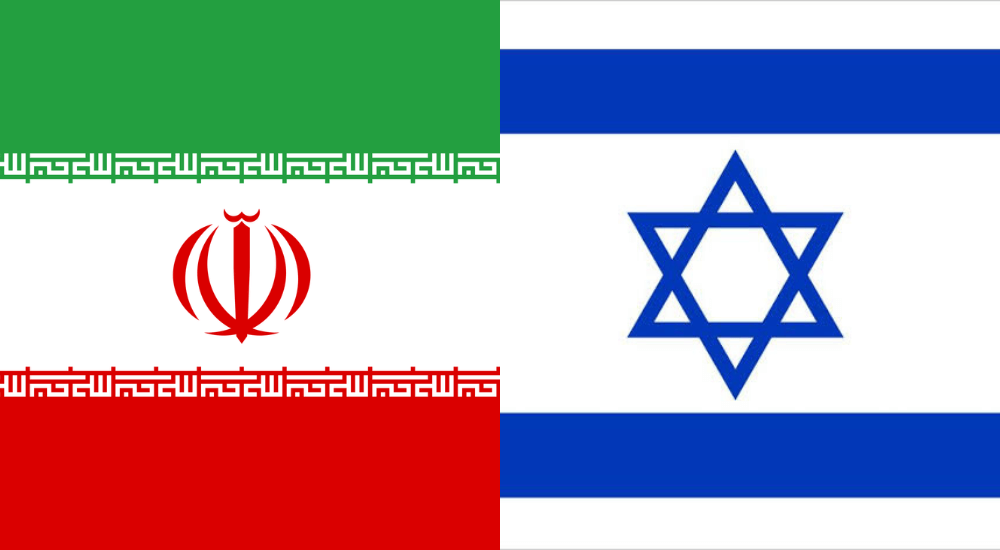Oil Prices Climb Again Amid Iran-Israel Conflict Fears

Oil prices continued their upward trend in Asian trading on Wednesday, building on the momentum of a 4% surge from the previous day, as concerns over potential supply disruptions stemming from the ongoing Iran-Israel conflict weighed on markets.
Brent crude futures climbed by 26 cents, or approximately 0.3%, to reach $76.71 per barrel. Meanwhile, U.S. West Texas Intermediate (WTI) crude advanced 35 cents, or 0.5%, to trade at $75.19 per barrel early Wednesday.
The conflict in the Middle East intensified after U.S. President Donald Trump on Tuesday demanded Iran’s “unconditional surrender,” as airstrikes between Iran and Israel stretched into their sixth consecutive day.
In response to the escalating hostilities, three U.S. officials confirmed that additional fighter jets are being dispatched to the region to reinforce the military presence.
Analysts have flagged the strategic Strait of Hormuz as a key point of concern. This vital chokepoint facilitates the transit of roughly 20% of the world’s seaborne oil, and any disruption could severely impact global supply flows.
Iran, a significant player within the Organization of the Petroleum Exporting Countries (OPEC), currently produces around 3.3 million barrels of crude oil daily. However, the broader OPEC+ alliance has considerable spare production capacity, which experts believe could help offset any potential shortfall.
“Material disruption to Iran’s production or export infrastructure would add more upward pressure to prices. However, even in the unlikely event that all Iranian exports are lost, they could be replaced by spare capacity from OPEC+ producers — around 5.7 million barrels a day,” Reuters quoted Fitch analysts as saying in a client note.
Over the last two weeks, Brent prices have risen by about $10 per barrel. According to Fitch, a portion of this increase is tied to geopolitical tensions, and they estimate the current risk premium embedded in prices to be between $5 and $10.
Heightened anxiety in the market was also evident on Wednesday, as Brent crude’s premium over the Middle East’s Dubai benchmark exceeded $3 per barrel, reaching its highest level since late September 2023, based on data from LSEG.
Investors are also keeping a close eye on the U.S. Federal Reserve’s two-day policy meeting, which concludes Wednesday. The Fed is widely expected to hold its key interest rate steady in the 4.25%–4.50% range.
However, according to Tony Sycamore, a market analyst at IG, the ongoing unrest in the Middle East, coupled with slowing global economic momentum, could compel the Fed to consider a rate cut as early as July — sooner than markets had anticipated.
“The situation in the Middle East could become a catalyst for the Fed to sound more dovish, as it did following the October 7, 2023, Hamas attack,” Sycamore said.
Historically, lower interest rates tend to stimulate economic activity and, in turn, drive up oil demand. Yet, current geopolitical tensions are also contributing to upward pressure on inflation via rising energy prices, adding complexity to the Fed’s decision-making process.





